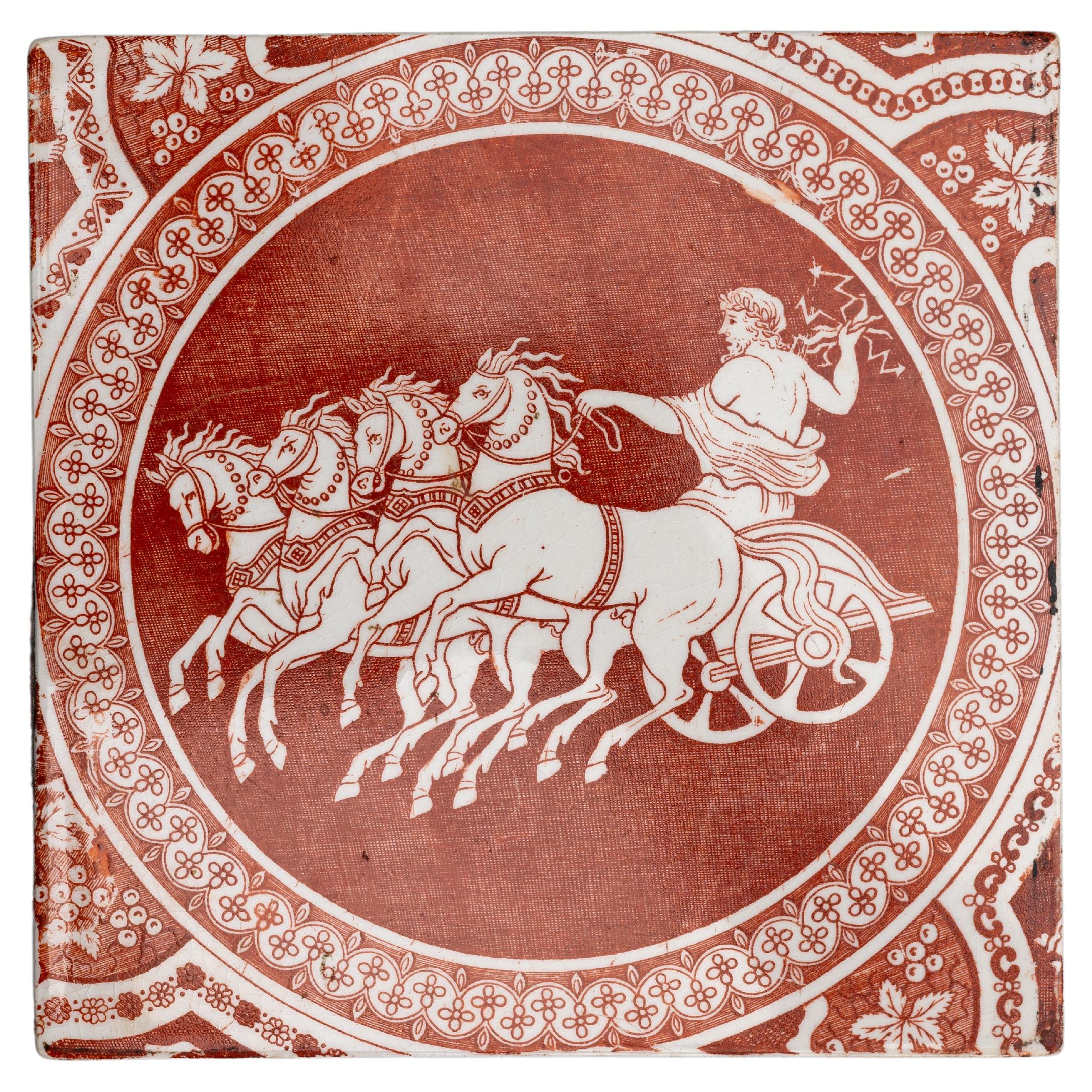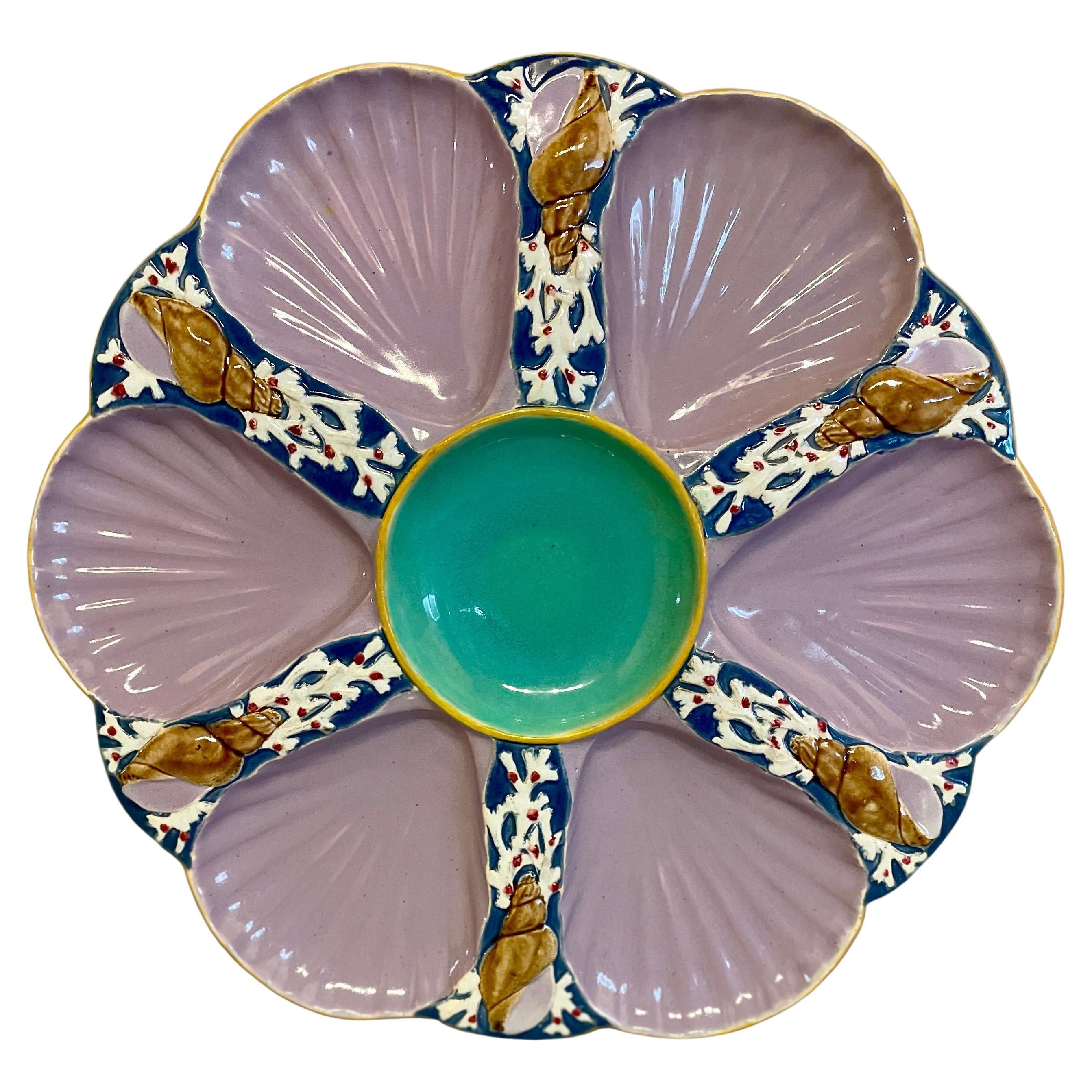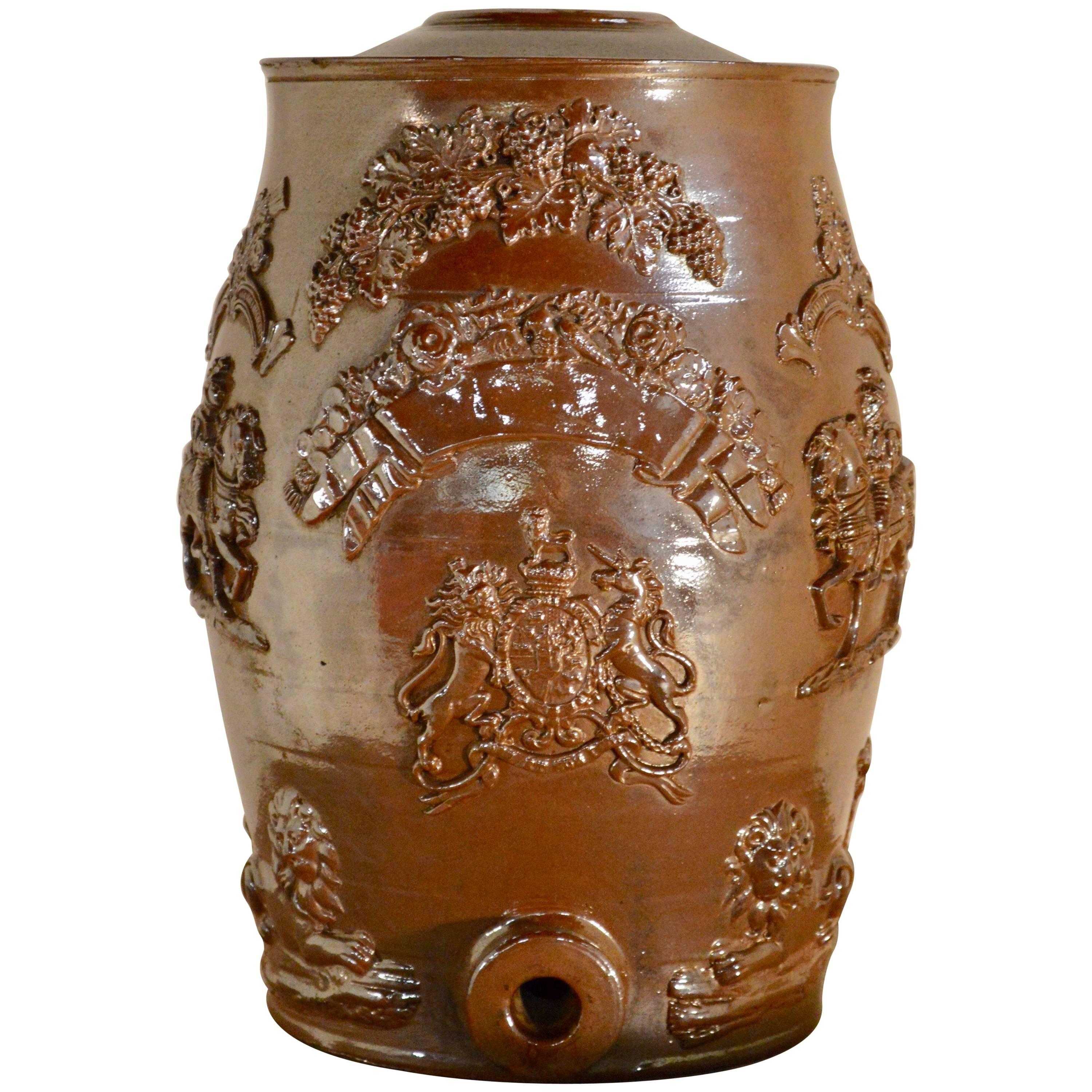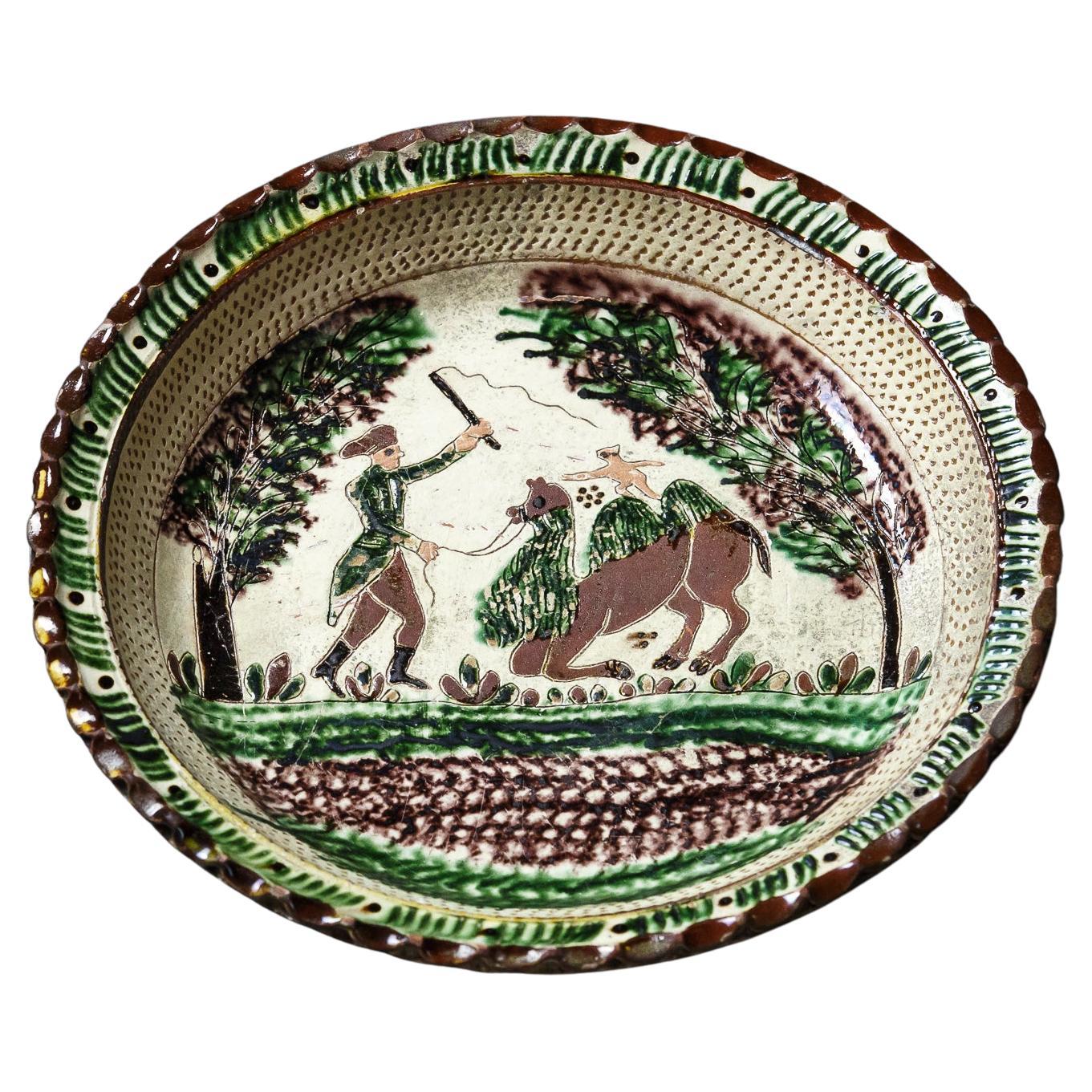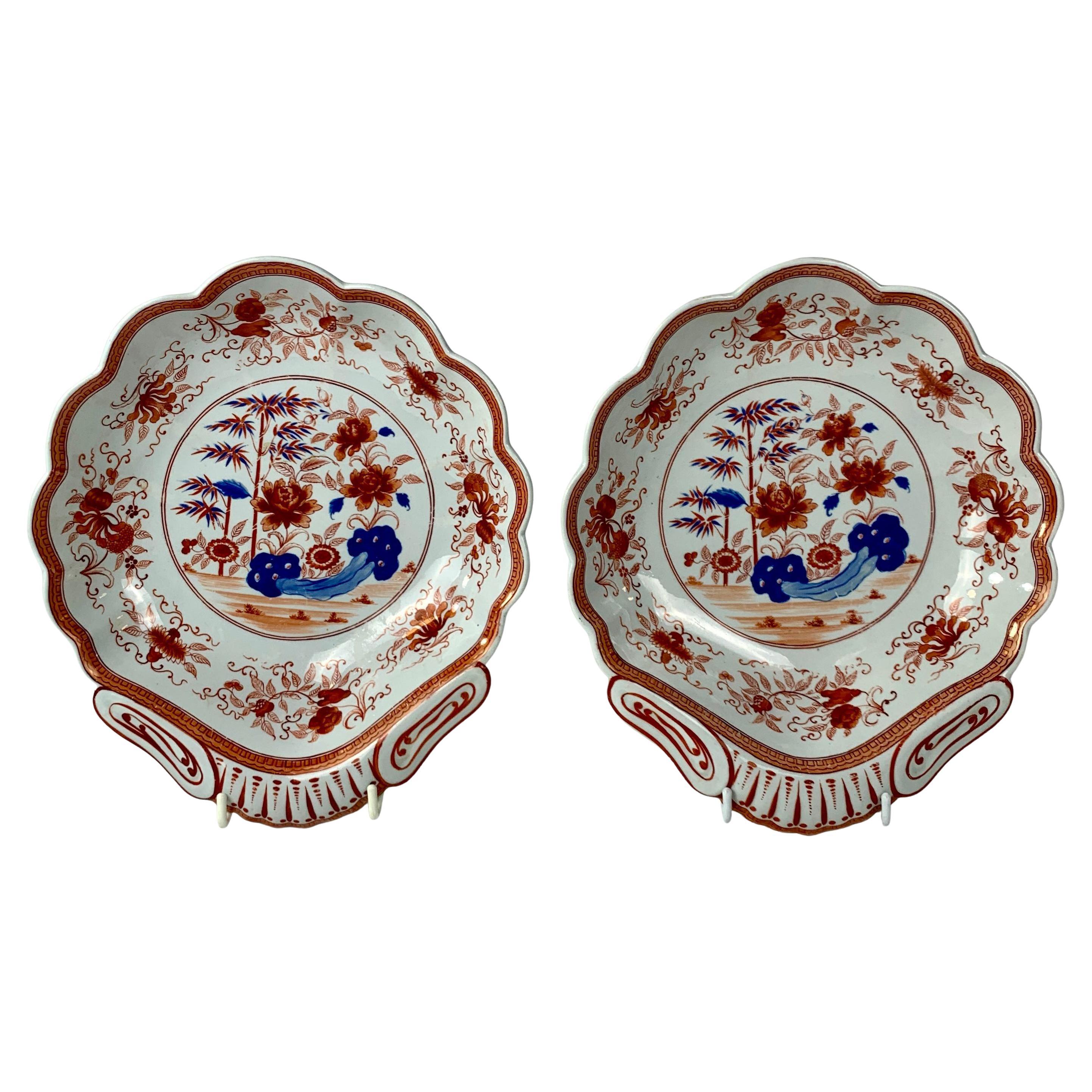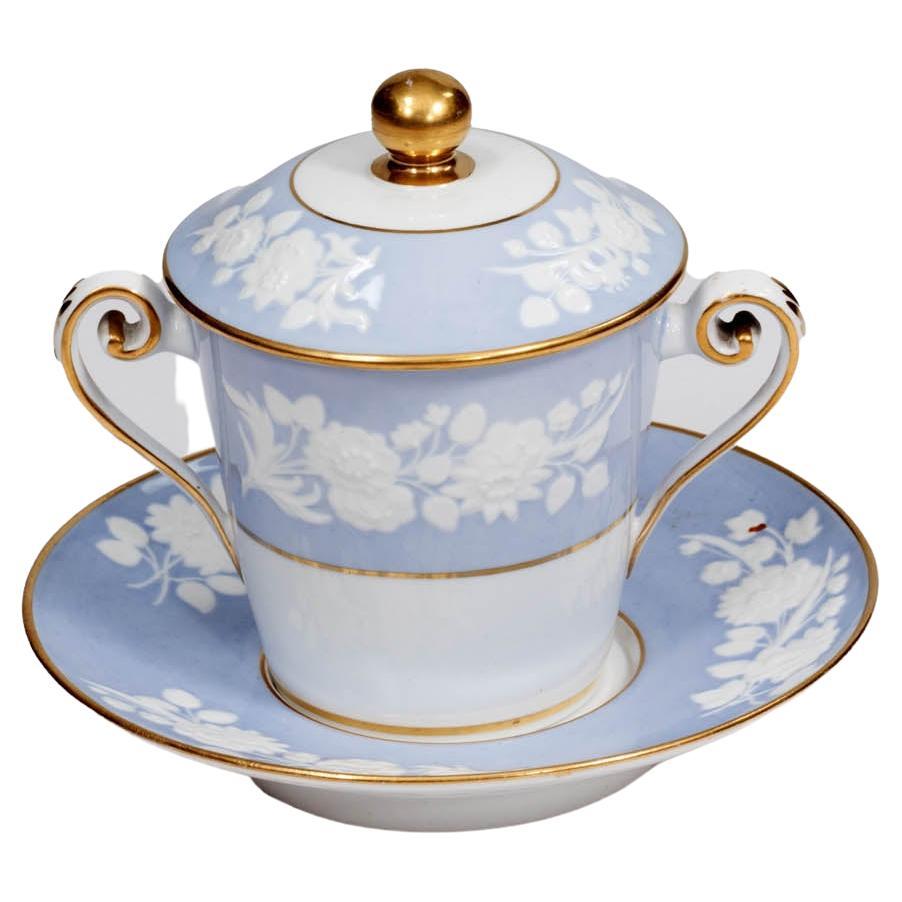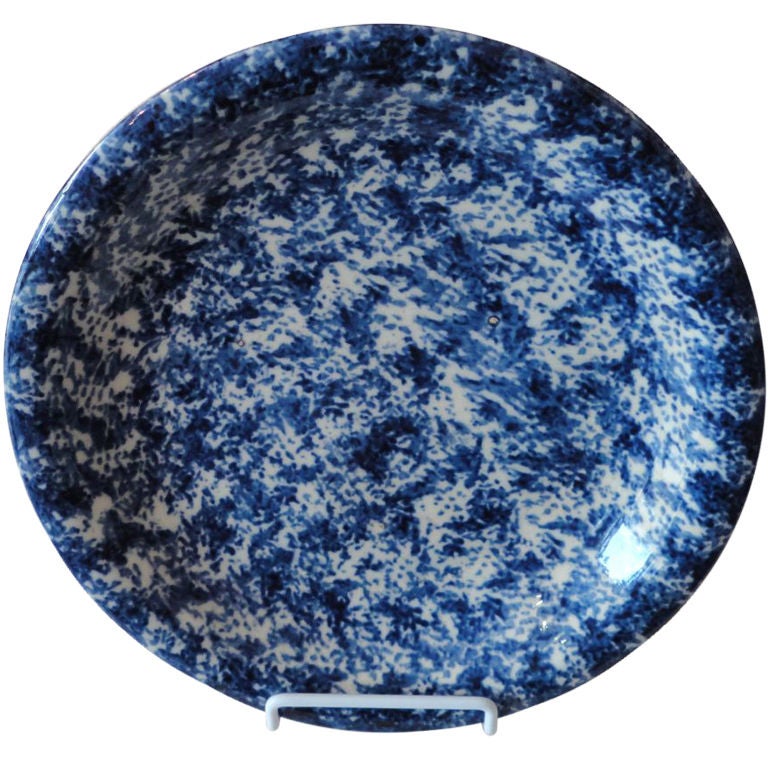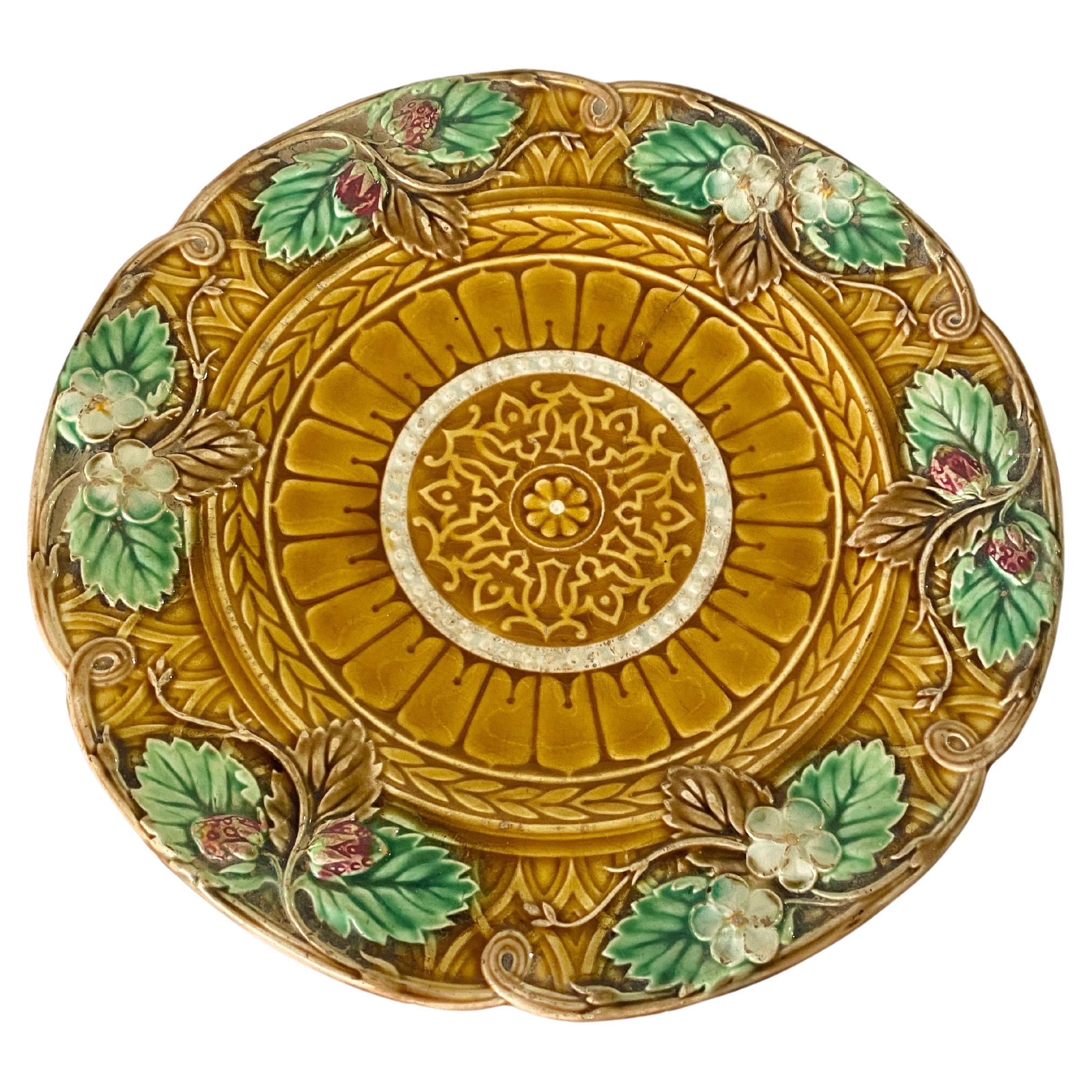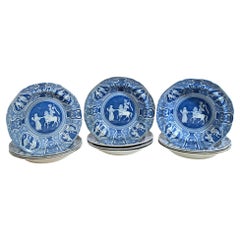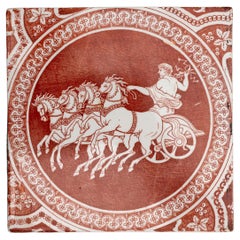
19th Century English Neoclassical Soup Plate, Possibly Spode
View Similar Items
1 of 11
19th Century English Neoclassical Soup Plate, Possibly Spode
About the Item
- Dimensions:Height: 1.5 in (3.81 cm)Diameter: 9.5 in (24.13 cm)
- Style:Greek Revival (In the Style Of)
- Materials and Techniques:
- Place of Origin:
- Period:
- Date of Manufacture:19th Century
- Condition:Wear consistent with age and use.
- Seller Location:New York, NY
- Reference Number:Seller: 54961stDibs: LU948318298482
You May Also Like
- Twelve Spode Neo-Classical Greek Pattern Blue Soup PlatesBy SpodeLocated in Downingtown, PASpode Neo-classical Greek pattern blue soup plates, Refreshment for Phliasian Horseman, Set of twelve (12) Early-19th century The Spode Greek pattern ...Category
Antique Early 19th Century English Georgian Pottery
MaterialsPearlware, Pottery
- Early 19th Century Spode Red Greek Pattern TileBy Josiah Spode, SpodeLocated in Fort Lauderdale, FLA Neoclassical red transferware tile made by Spode 1806-1810, with the ‘Zeus in His Chariot’ pattern. Sir William Hamilton’s Collection of Etruscan, Greek and Roman antiquities, first published in 1766 by Pierre d’Hancarville, was a landmark publication in English design. It intended to disseminate the Antique style through its engravings of Attic pottery. The catalog’s faithful reproductions of Classical vases led British potteries, including Spode, to adapt or even copy the ancient art for modern life. These Spode Greek pattern tiles reflect the major influence of Hamilton’s catalog on English Neoclassicism. The central scene was taken directly from the catalog. This tile can be dated to a narrow window of production in the Spode factory, 1806-1810. During that time, Spode used a technique known as the “Pluck and Dust” method to print in red transfer designs onto creamware. Using this method, source prints were transferred overglaze using tissue imprinted with a very faint rendition of the design outlined in sticky oil. The decorator applied the tissue to the object then carefully “plucked” or pulled it away, leaving the sticky oil design behind. Then, a finely-ground enamel color was “dusted” onto the surface, sticking to any areas that had the oil. A final firing at a low temperature in the enamel kiln made the pattern permanent. The Pluck and Dust technique improved upon bat-printing and enabled larger designers to be transferred. It was short-lived, however, as under-glaze transfer printing soon took over as the preferred method for producing transferwares. Dimensions: 5 in. x 5 in. x 1/4 in. Condition: Excellent. Provenance: The Collection of Nancy and Andrew Ramage Jonathan Horne...Category
Antique Early 19th Century English Neoclassical Pottery
MaterialsEarthenware, Creamware
- 19th C. Majolica English Oyster Plate HoldcroftBy Holdcroft PotteryLocated in Winter Park, FLA beautiful six well Majolica oyster plate glazed in lavender with a deep turquoise central well, each separated with coral and seashell from the factory of Holdcroft. No marks on th...Category
Antique Late 19th Century English Ceramics
MaterialsCeramic, Majolica
- 19th Century Spongeware Dinner PlateLocated in Los Angeles, CAThis early 19th century spongeware pottery plate is in great condition and has wonderful colors. Great addition to a collection of spongeware....Category
Antique 19th Century American Pottery
- 19th Century English Spirit BarrelLocated in High Point, NC19th century English spirit barrel made of stoneware with alkaline glaze. Features relief designs on both sides of lions and knights on horses.Category
Antique 19th Century English Victorian Barware
MaterialsStoneware
- Early 19th Century Alsace Slipware PlateLocated in Pease pottage, West SussexImpressive Early 19th Century slipware plate, most likely Alsace region, naive circus scene of a monkey and trainer, the monkey being encouraged to ride a cam...Category
Antique Early 19th Century French Pottery
MaterialsCeramic

